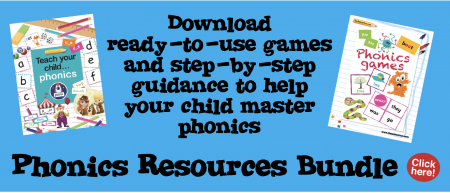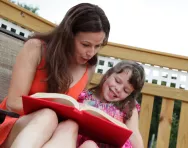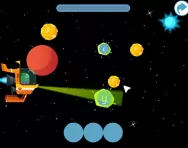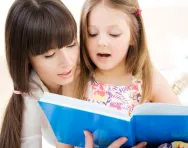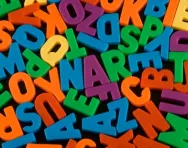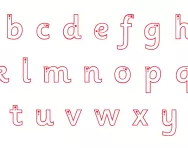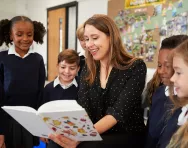Important update from TheSchoolRun
For the past 13 years, TheSchoolRun has been run by a small team of mums working from home, dedicated to providing quality educational resources to primary school parents. Unfortunately, rising supplier costs and falling revenue have made it impossible for us to continue operating, and we’ve had to make the difficult decision to close. The good news: We’ve arranged for another educational provider to take over many of our resources. These will be hosted on a new portal, where the content will be updated and expanded to support your child’s learning.
What this means for subscribers:
- Your subscription is still active, and for now, you can keep using the website as normal — just log in with your usual details to access all our articles and resources*.
- In a few months, all resources will move to the new portal. You’ll continue to have access there until your subscription ends. We’ll send you full details nearer the time.
- As a thank you for your support, we’ll also be sending you 16 primary school eBooks (worth £108.84) to download and keep.
A few changes to be aware of:
- The Learning Journey weekly email has ended, but your child’s plan will still be updated on your dashboard each Monday. Just log in to see the recommended worksheets.
- The 11+ weekly emails have now ended. We sent you all the remaining emails in the series at the end of March — please check your inbox (and spam folder) if you haven’t seen them. You can also follow the full programme here: 11+ Learning Journey.
If you have any questions, please contact us at [email protected]. Thank you for being part of our journey it’s been a privilege to support your family’s learning.
*If you need to reset your password, it will still work as usual. Please check your spam folder if the reset email doesn’t appear in your inbox.
Phonics and sounds explained

What are phonics sounds?
When your child learns to read, they will be taught the sounds that letters make on their own as well as in different groups. For example, the letters ‘s’ and ‘h’ have their own individual sounds, but when put together as /sh/, a new sound is created.
Your child will learn blends like /sh/, /ai/ and /ck/, as well as how to synthesise all the sounds together to make words (blending). This is also called sounding out, which is the method your child will use as they read words they’ve not come across before.
In phonics, it's important to pronounce "pure sounds": for example, the sound /m/ is pronounced 'mmmm' and not 'muh' or 'em'. This makes it much easier for children to blend sounds together to read.
How will my child learn phonics sounds?
Each school will have its own phonics scheme. Two learning programmes that are commonly used are Jolly Phonics and Letters and Sounds. While the two are separate programmes, the methods are sometimes combined in the classroom.
They key for your child is to be able to recognise which sounds (phonemes) go with which individual letters and letter combinations (graphemes), and to begin understanding spelling rules. You can help them review the phonics sounds using our handy guide.
Encourage your child to recognise sounds by turning it into a game; for example, spot objects on the way to school and list the sounds in their names!
Find out more about how and why phonics is taught, straight from the experts. You can also download phonics worksheets to help your child practise at home.
Phonics sounds songs
We love these animated monster songs (very catchy!) to help with revising and teaching letter sounds.
